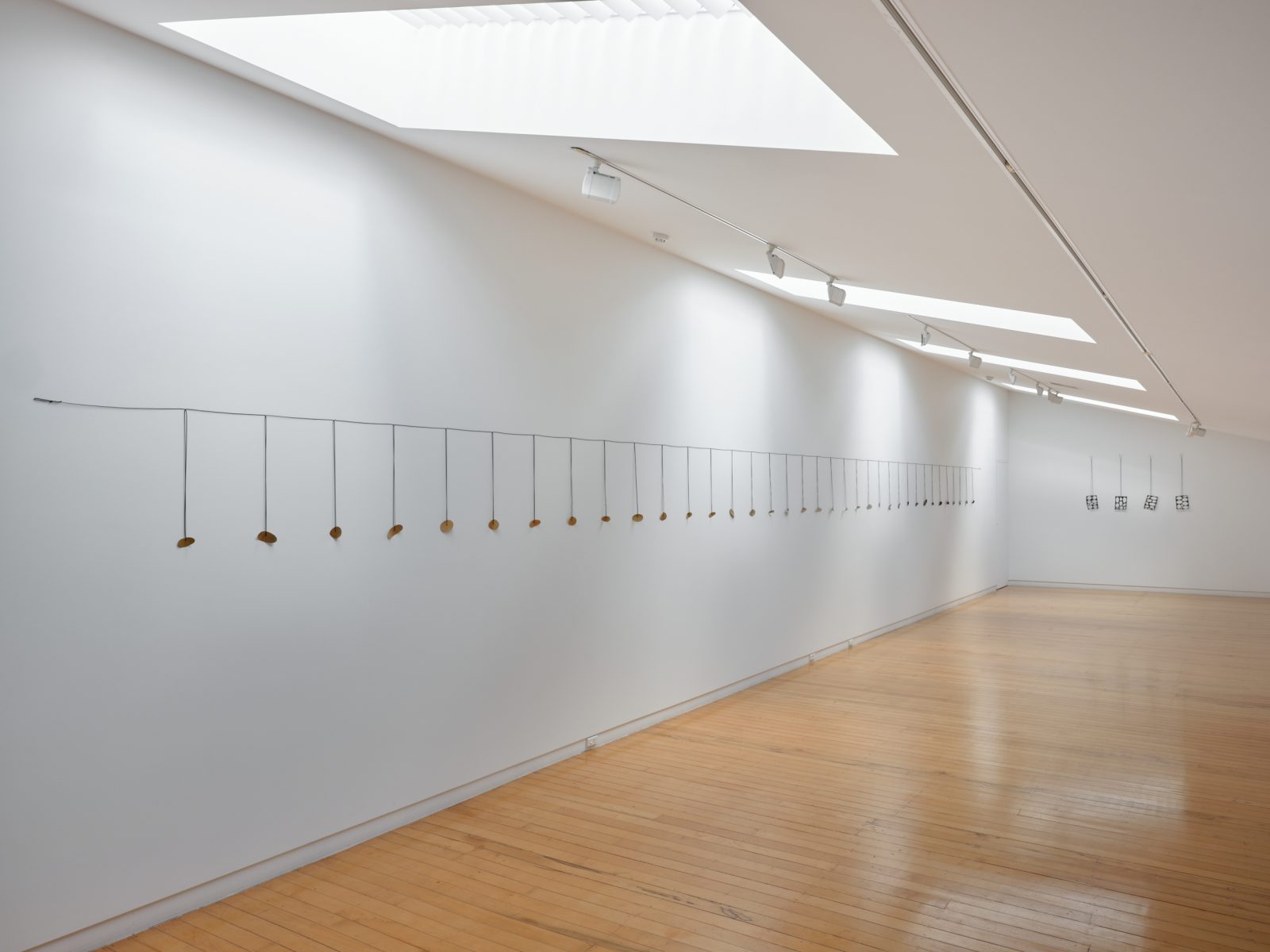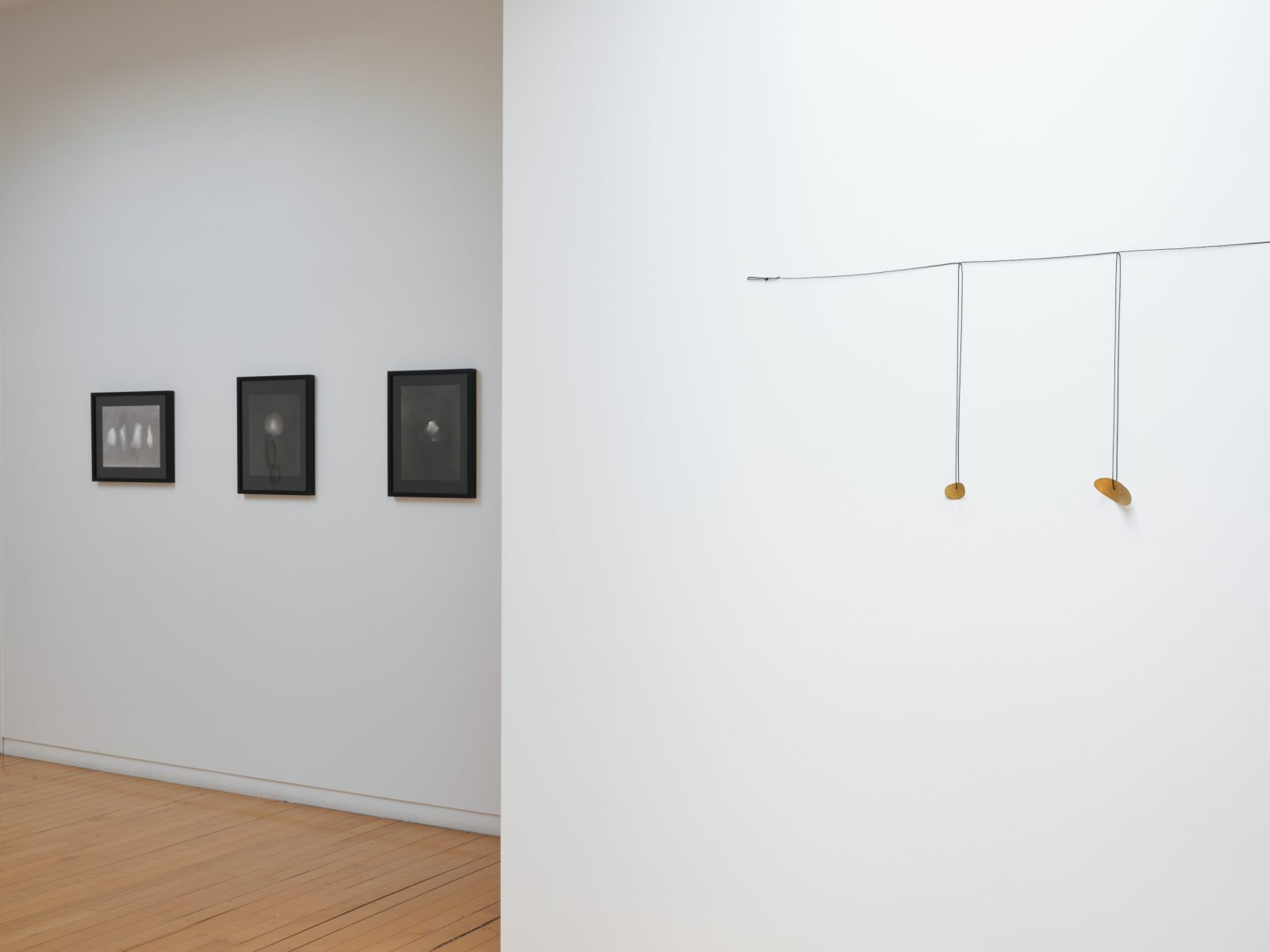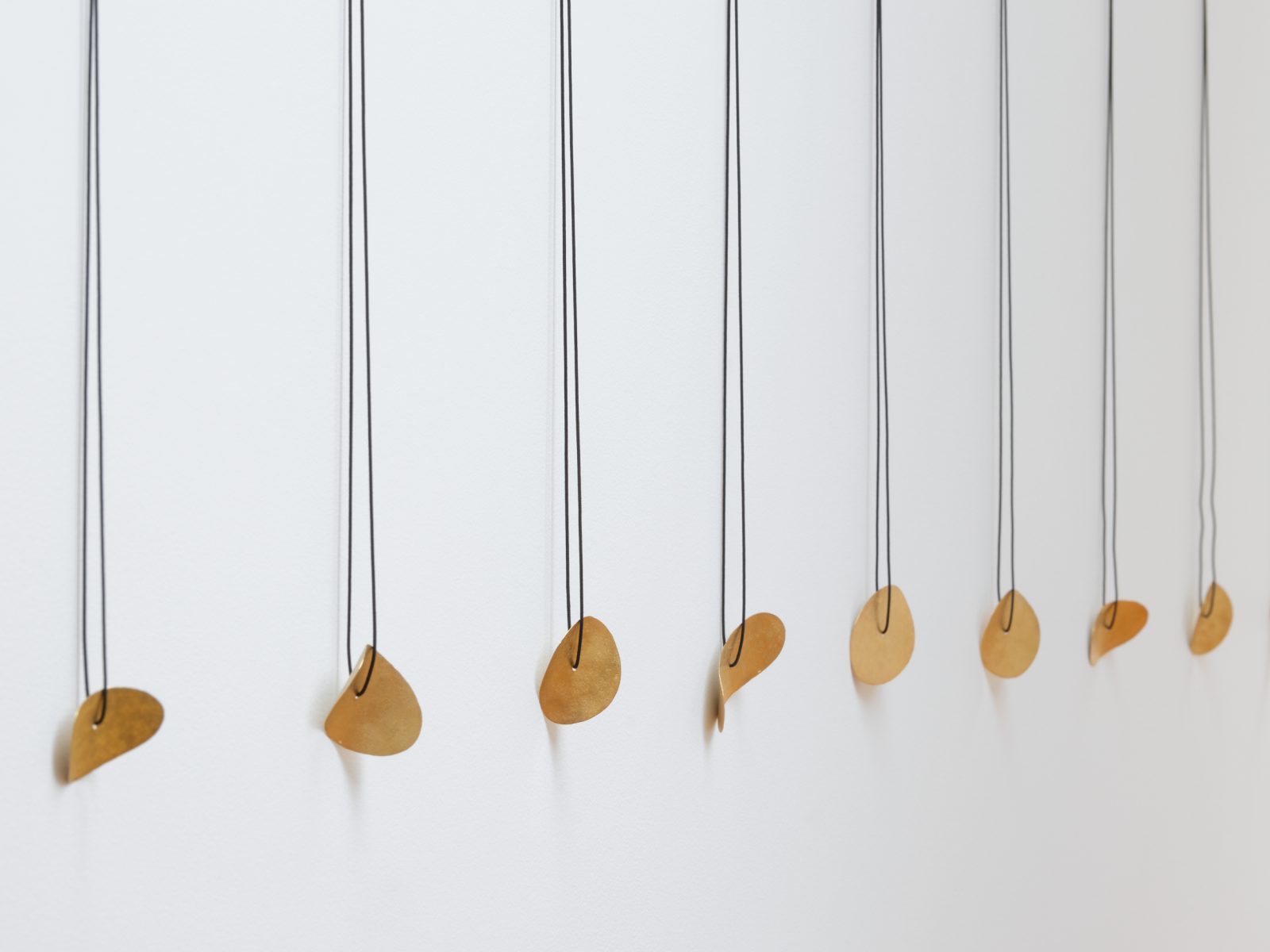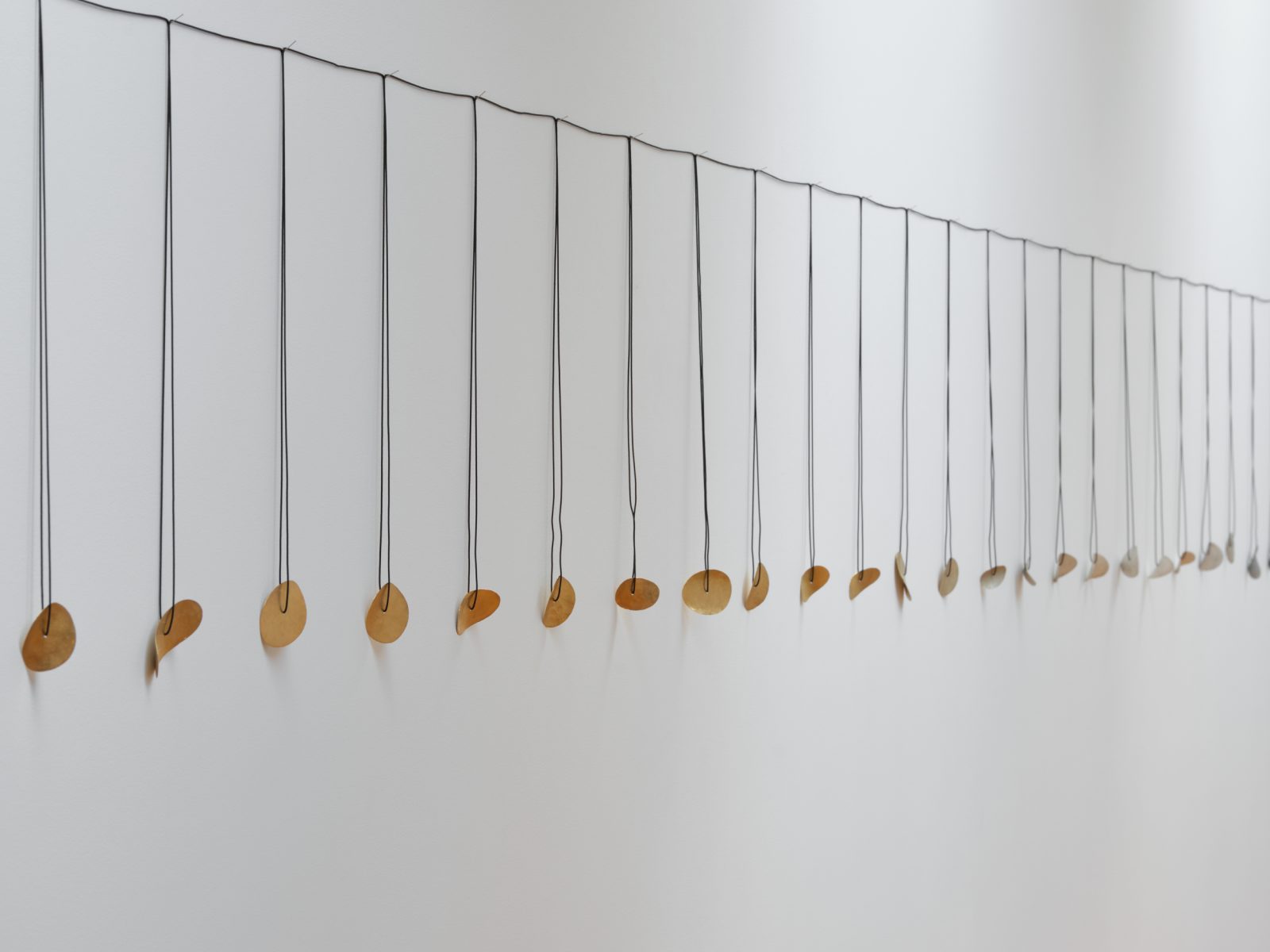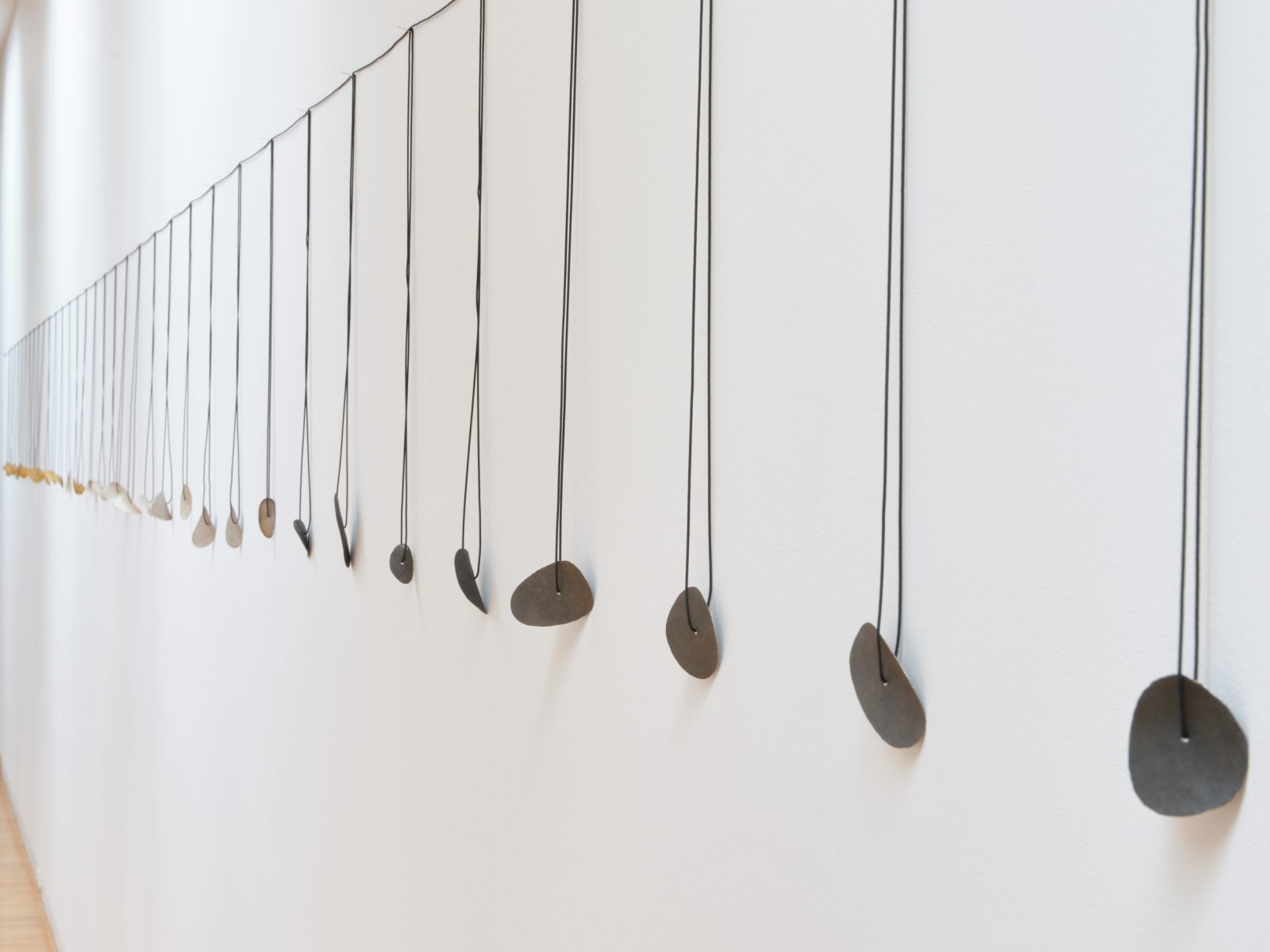Areta Wilkinson
Ka Taka Te Wā – Time Passed
16 October - 21 November 2020
This new body of work by Areta Wilkinson refers to time passed during lockdown in her studio and times passed in reference to stone age technologies used to create her works.
The time space continuum in Te Ao Māori is not chronological. Past present and even future can occupy the same space. This concept gives context and nourishment to the artist’s creative life during a two month making period as she recorded extraordinary times. Wilkinson has produced precious pieces utilising age-old stone implements (hammer and anvil stones) with fine materials through a concentrated studio practice. The hammer stones sourced from Ngāi Tahu awa imprint their own textured narrative of millennia into metal. Considering Te Ao Māori the resulting works have many conceptual whakapapa layers sitting beneath them of time and place, time past and time passed – a repetitive, and methodical recitation.
The artist would like to acknowledge the support of Creative New Zealand

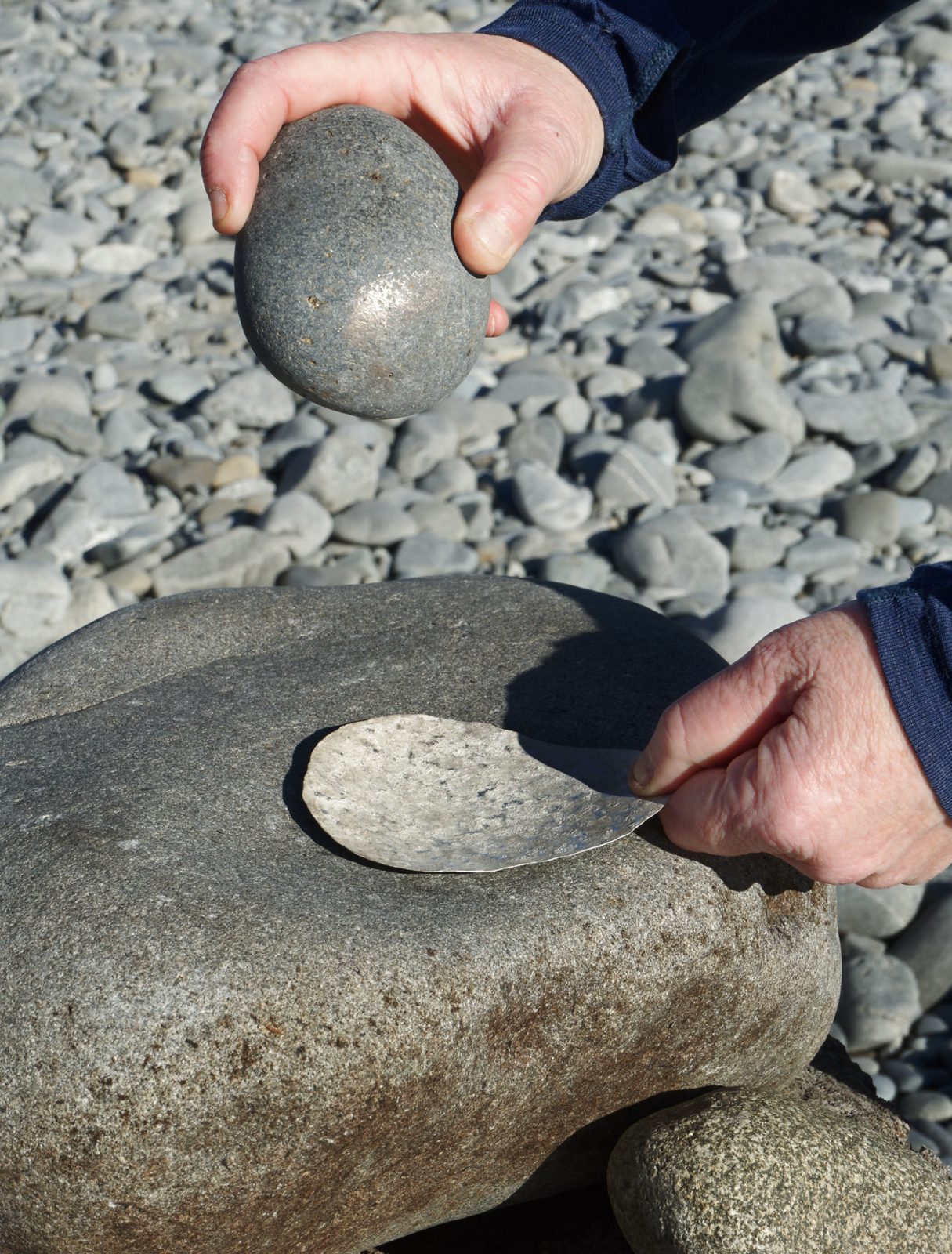
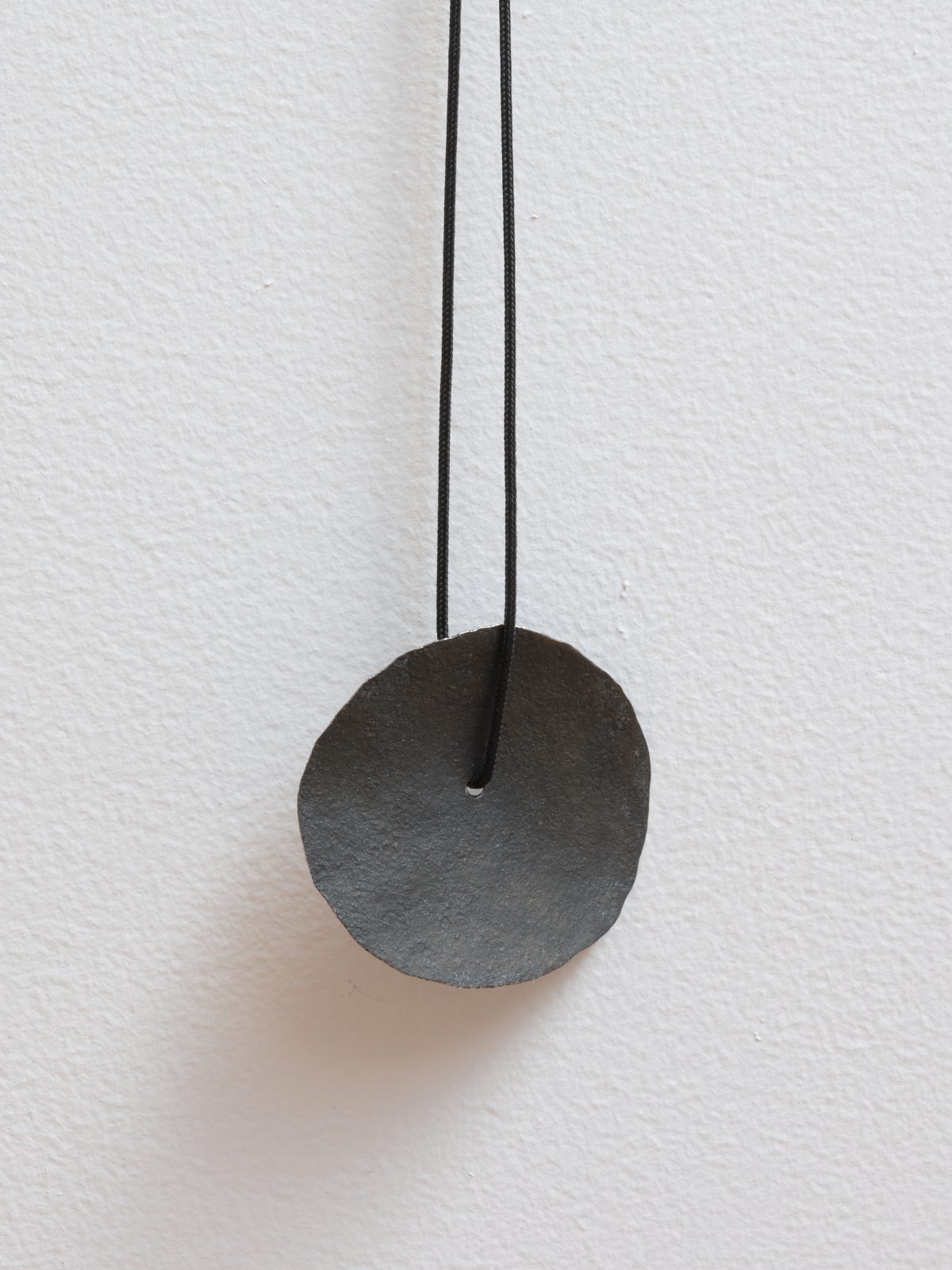
Oxidised Fine Silver, polyester cord
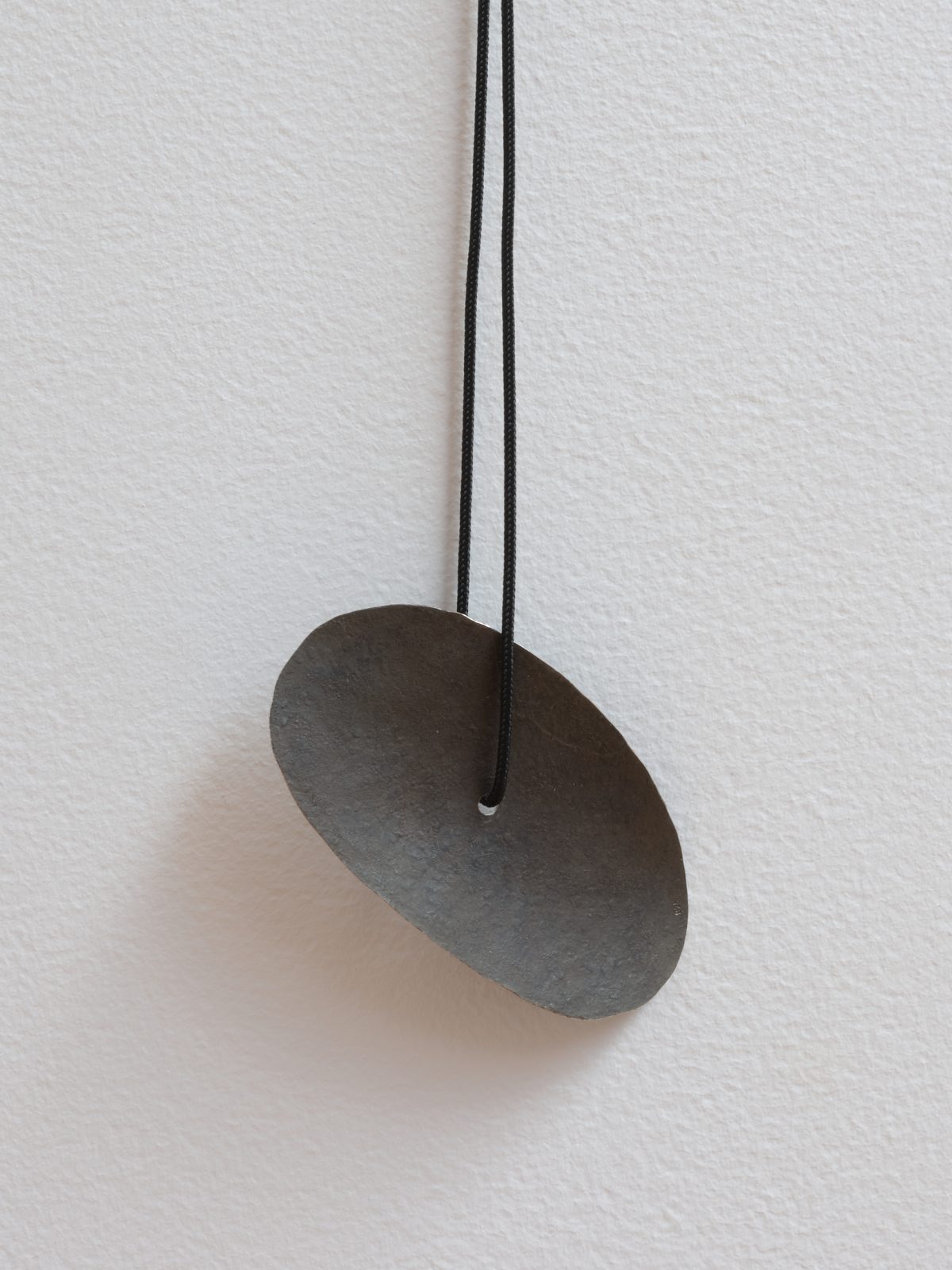
Oxidised Fine Silver, polyester cord
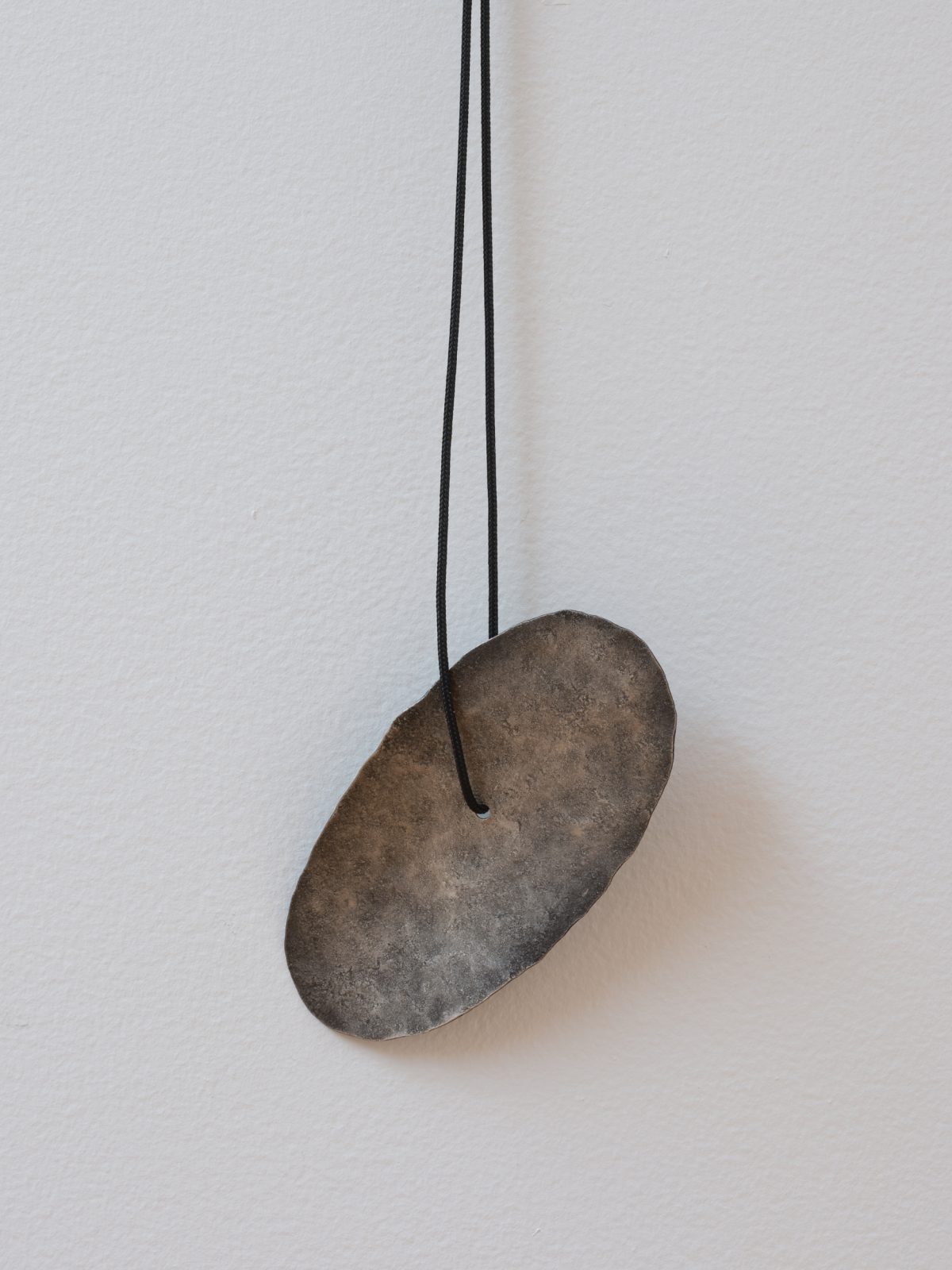
Oxidised Fine Silver, polyester cord
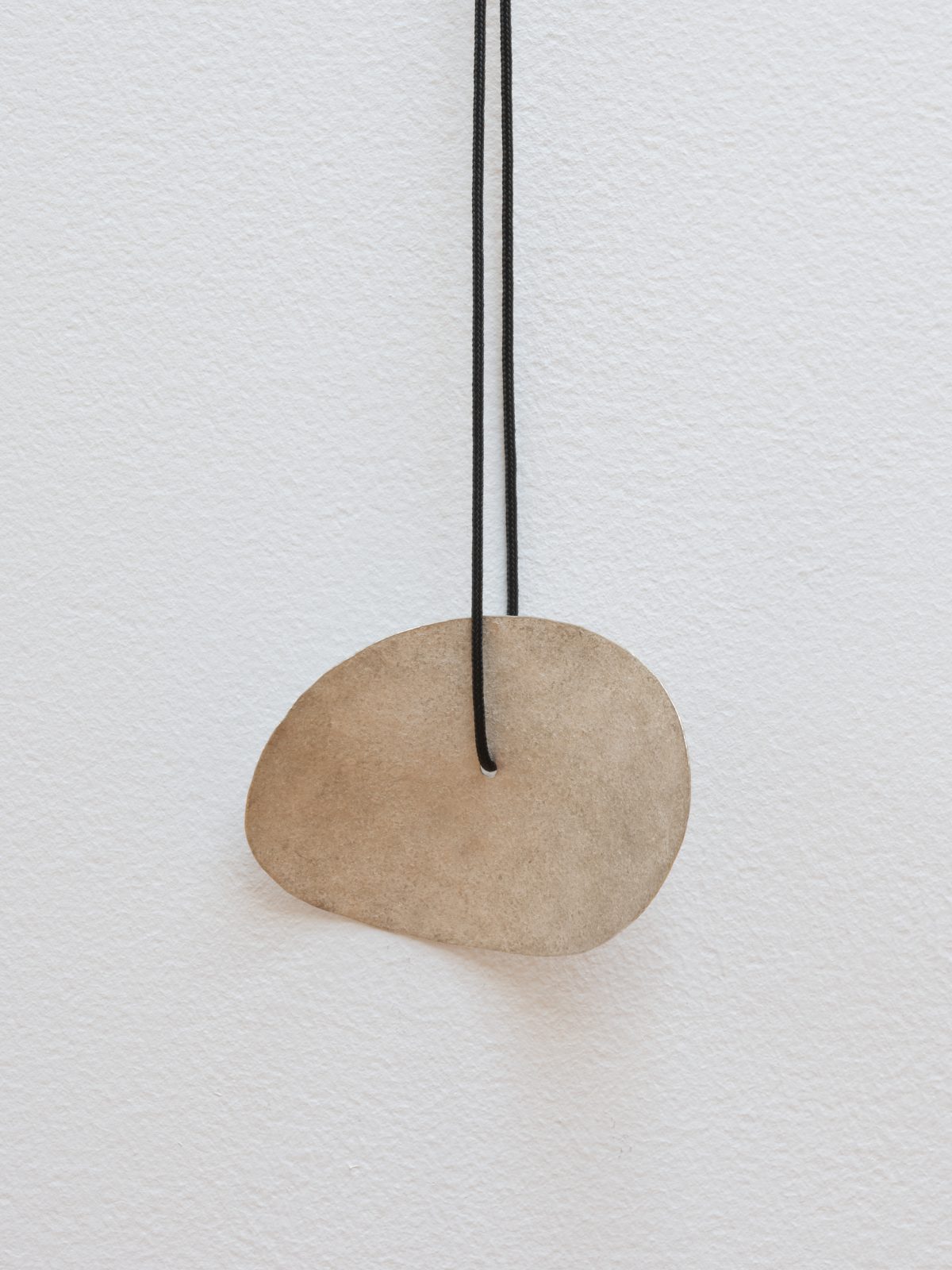
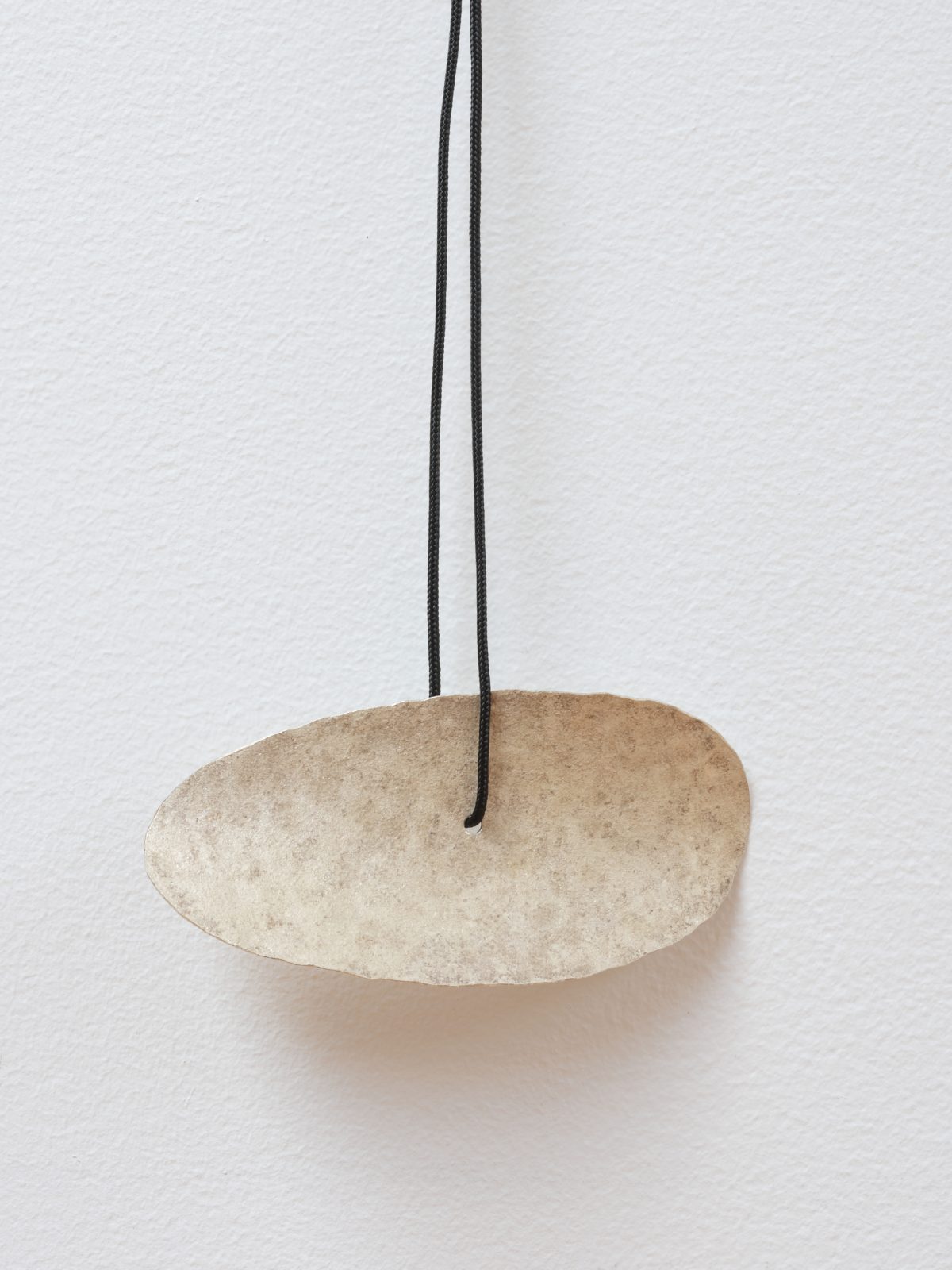
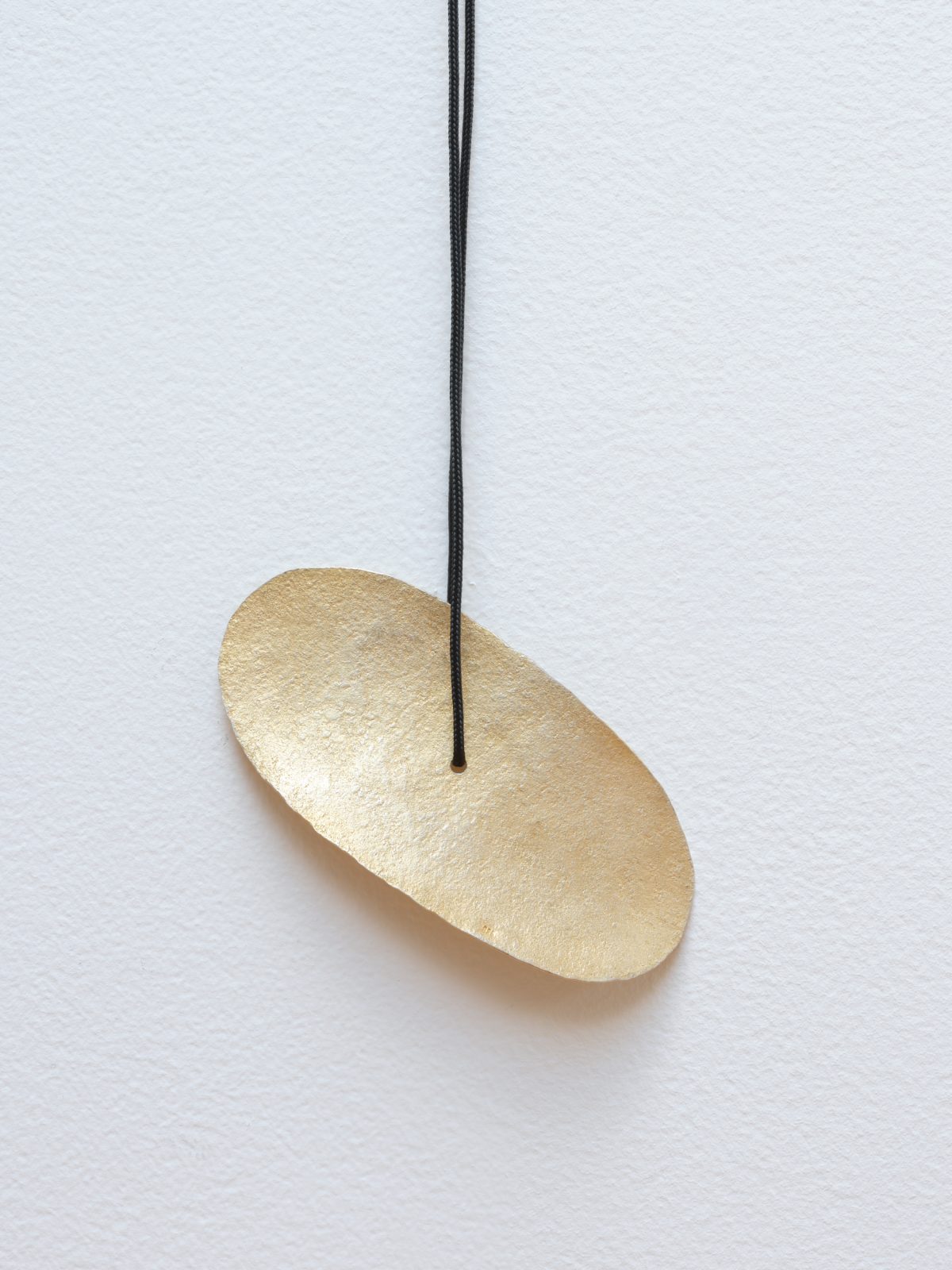
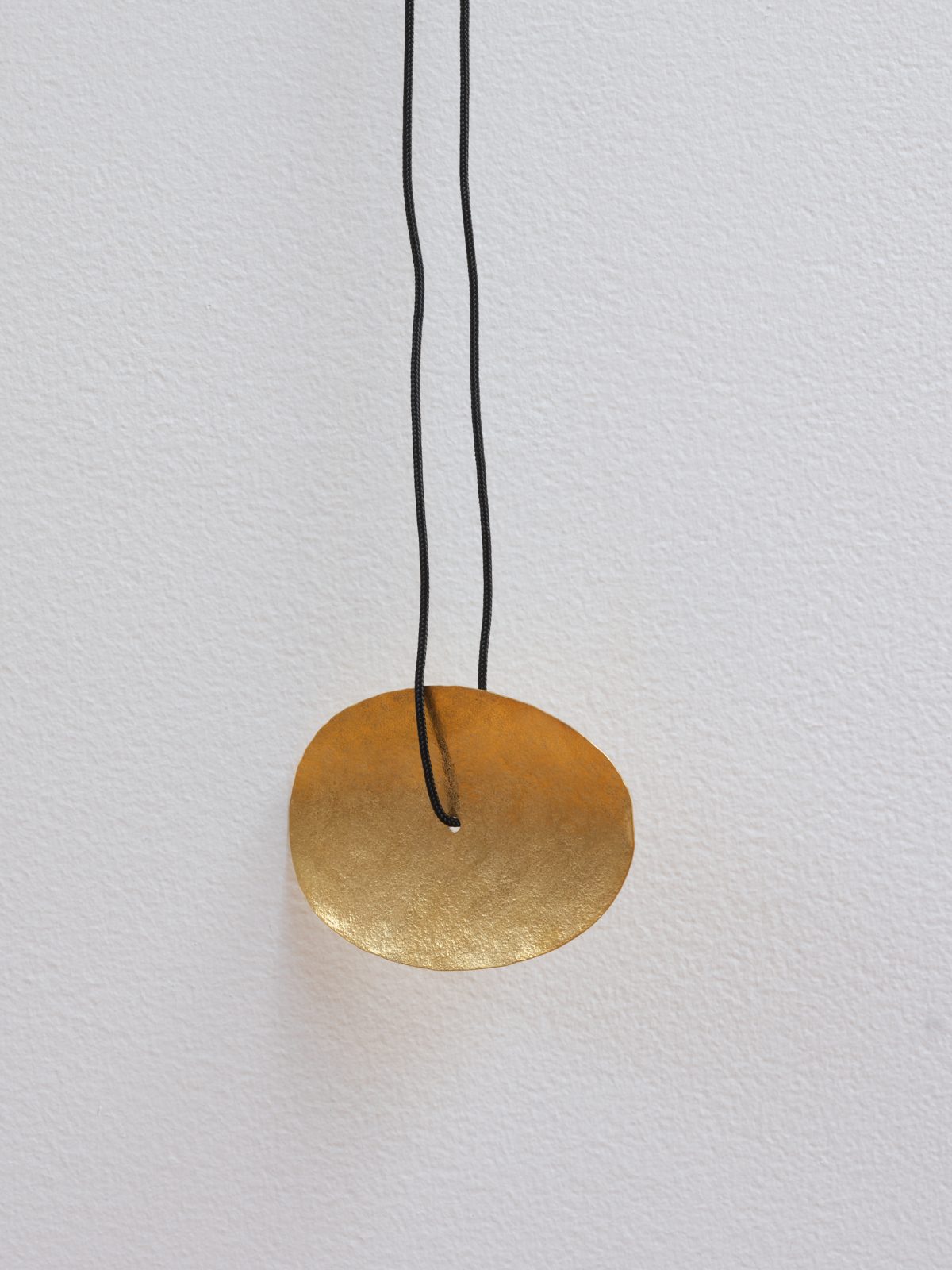
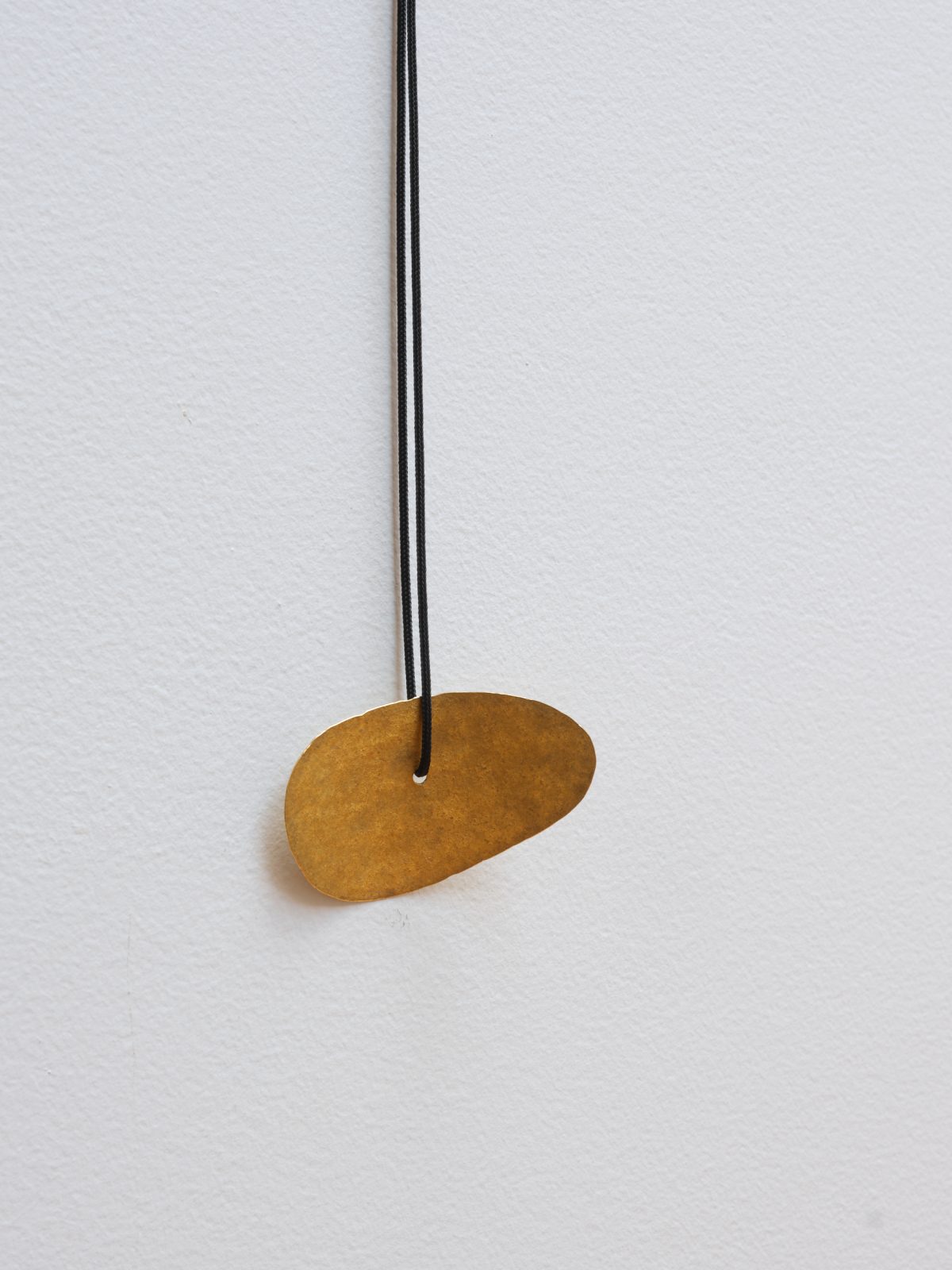
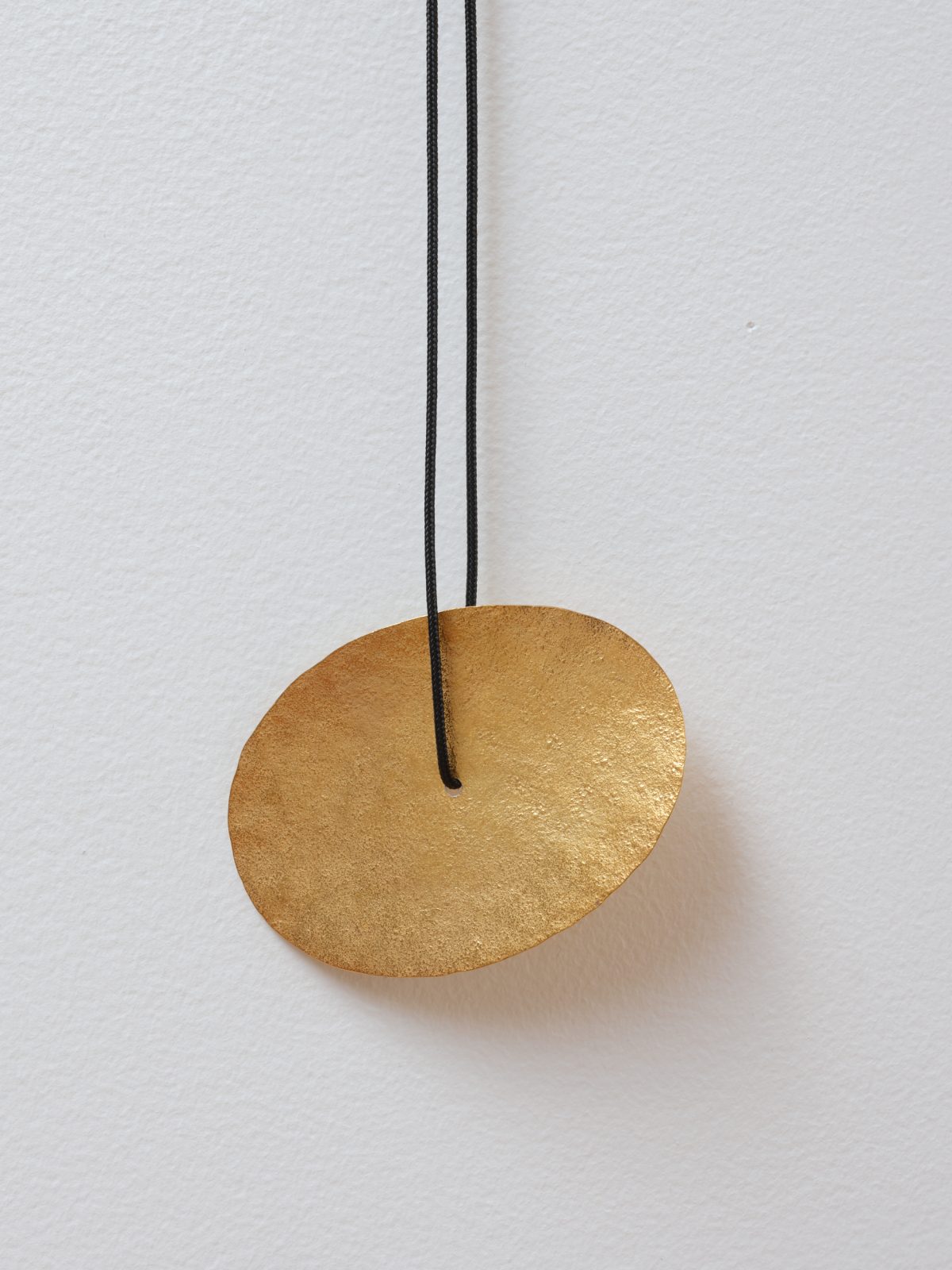
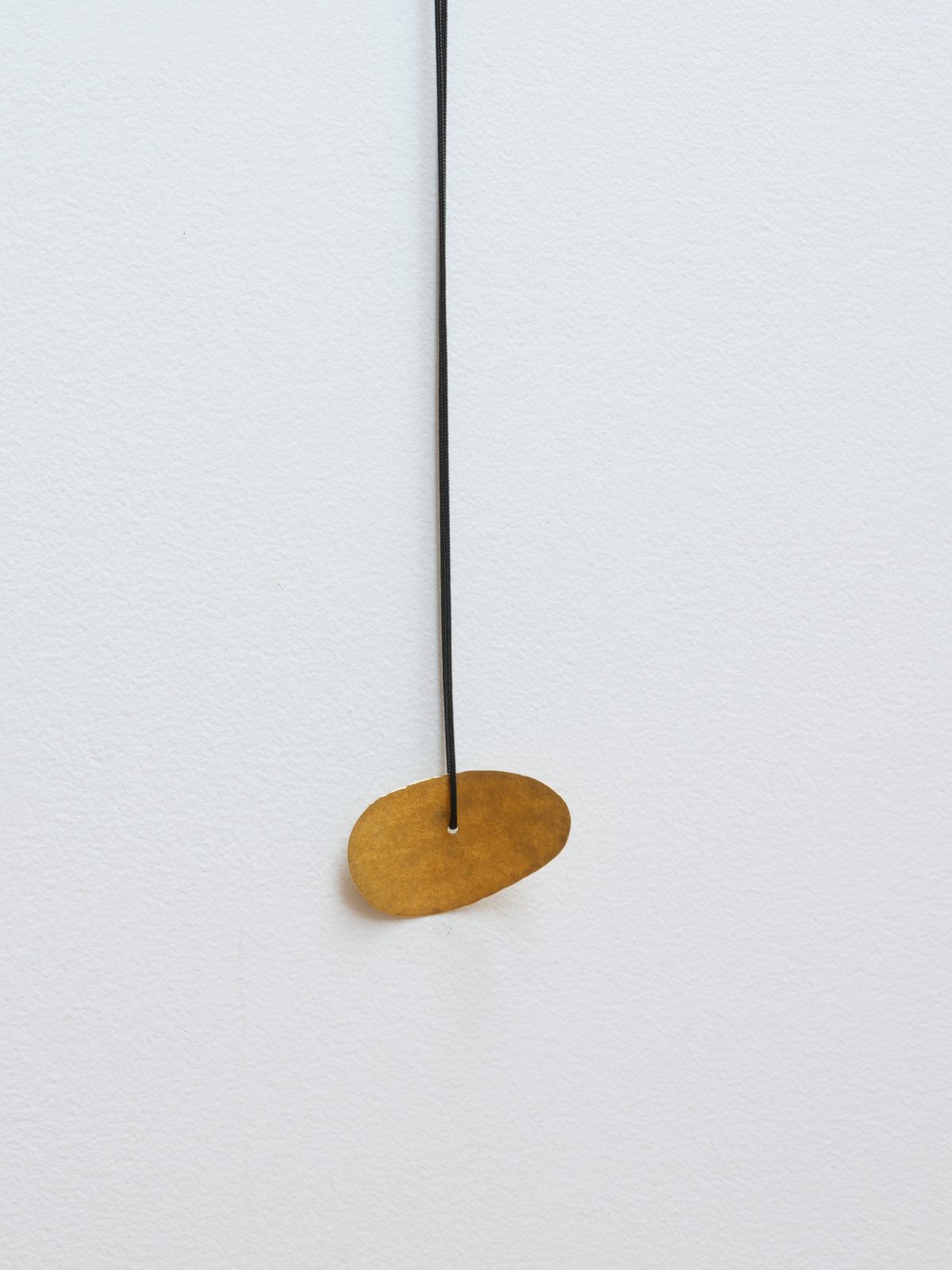
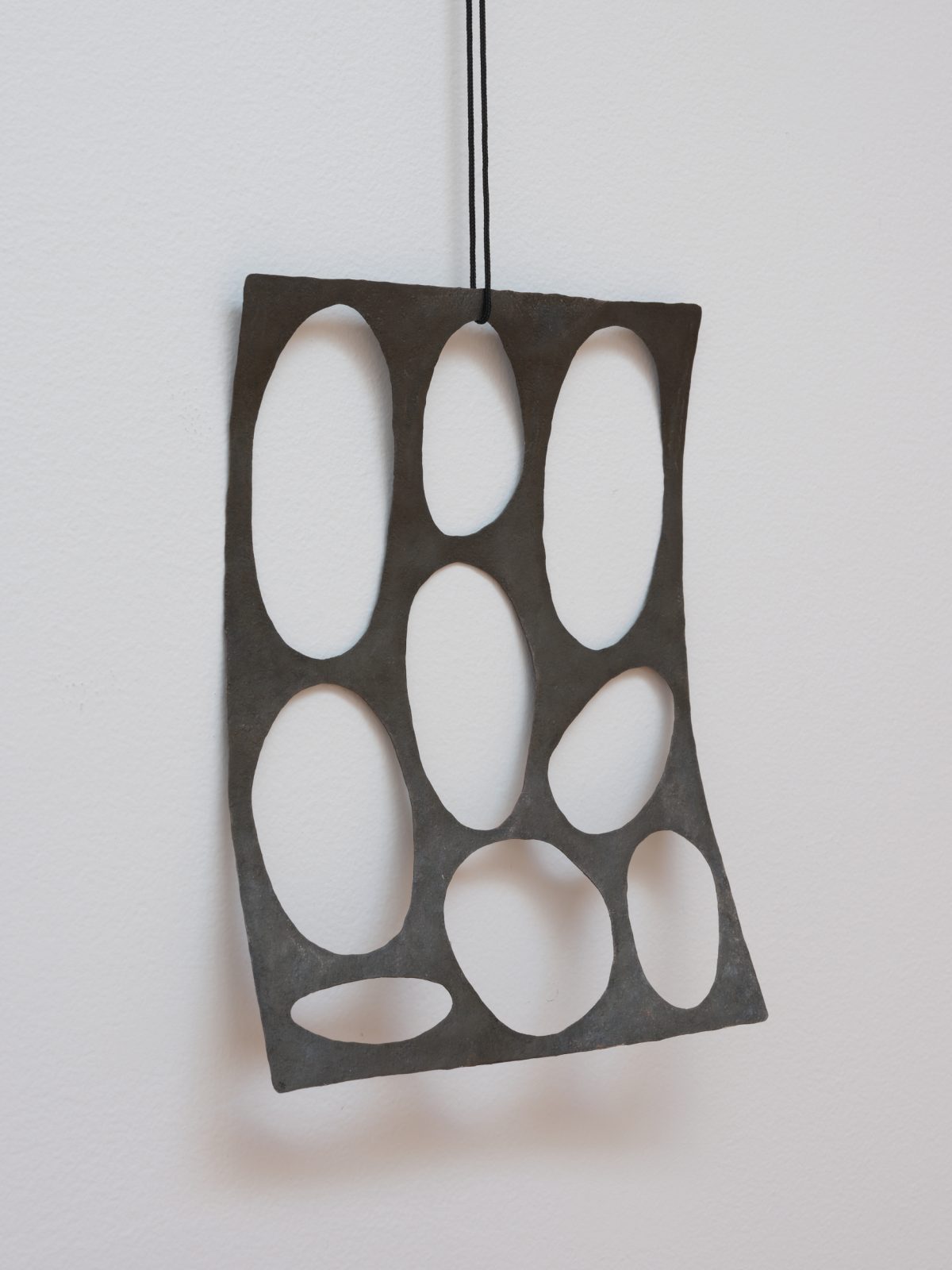
Oxidised Fine Silver, polyester cord
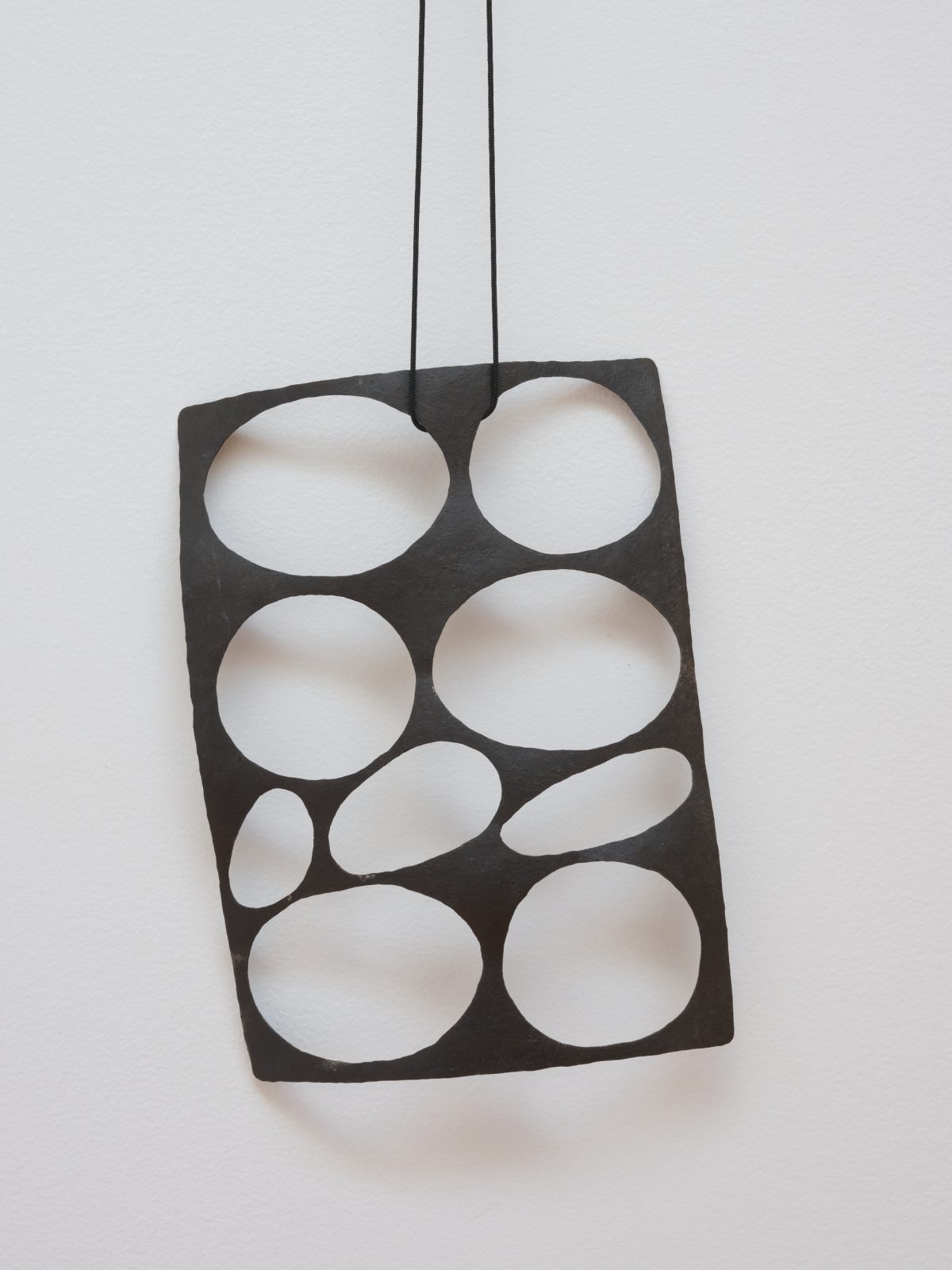
Oxidised Fine Silver, polyester cord
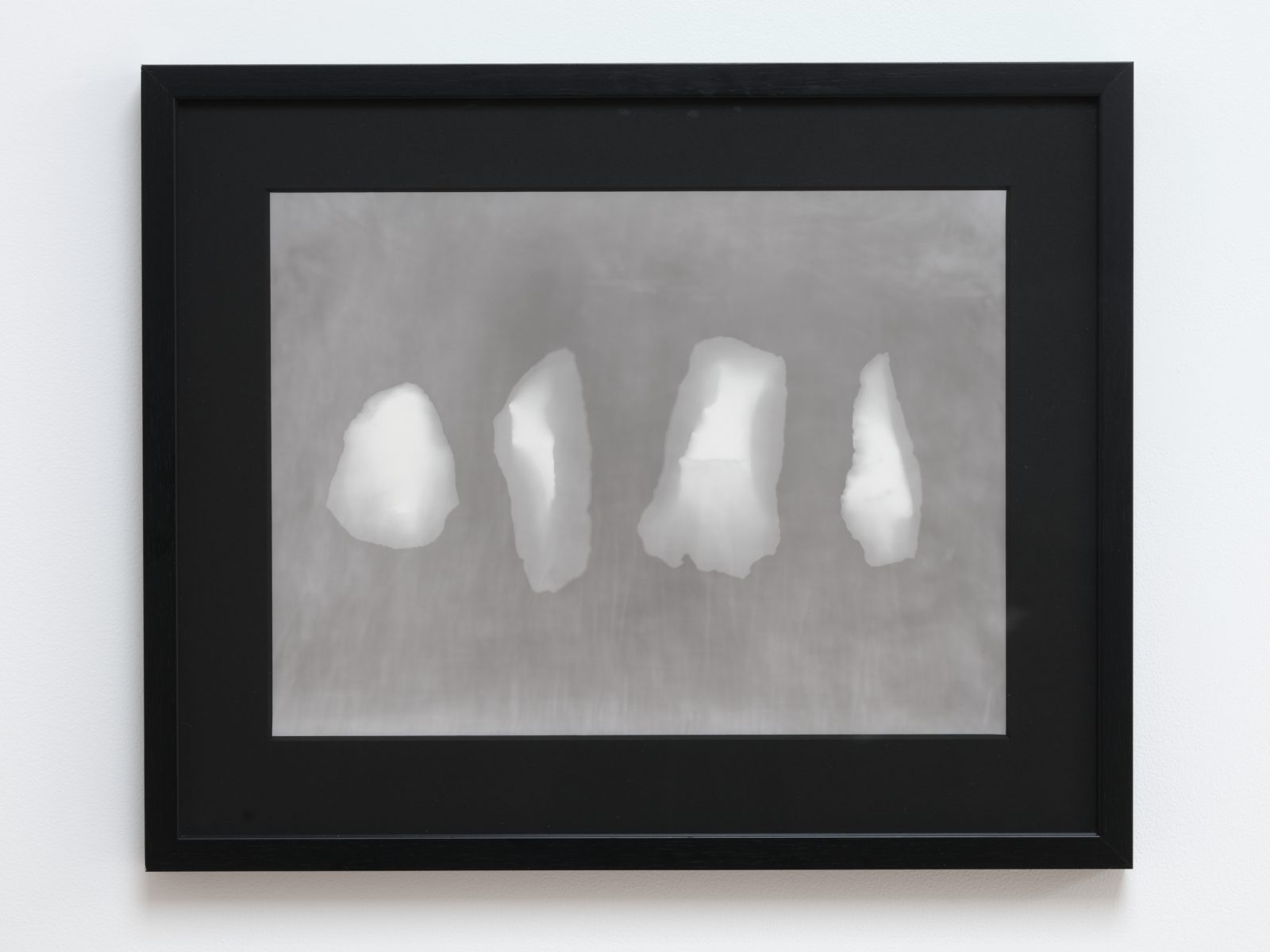
24.7.2015 Silver Bromide Photogram. Z6574b, Z6574c, Z6574d, 1911Reg286e Canterbury. Collections of Museum of Archaeology and Anthropology, Cambridge, UK
Silver bromide fibre based paper
Acknowledgements: Museum of Archaeology and Anthropology, University of Cambridge, Cambridge, UK (Notes – From Quartzite found with Moa bones Canterbury.Von Hugel Collection 1911)
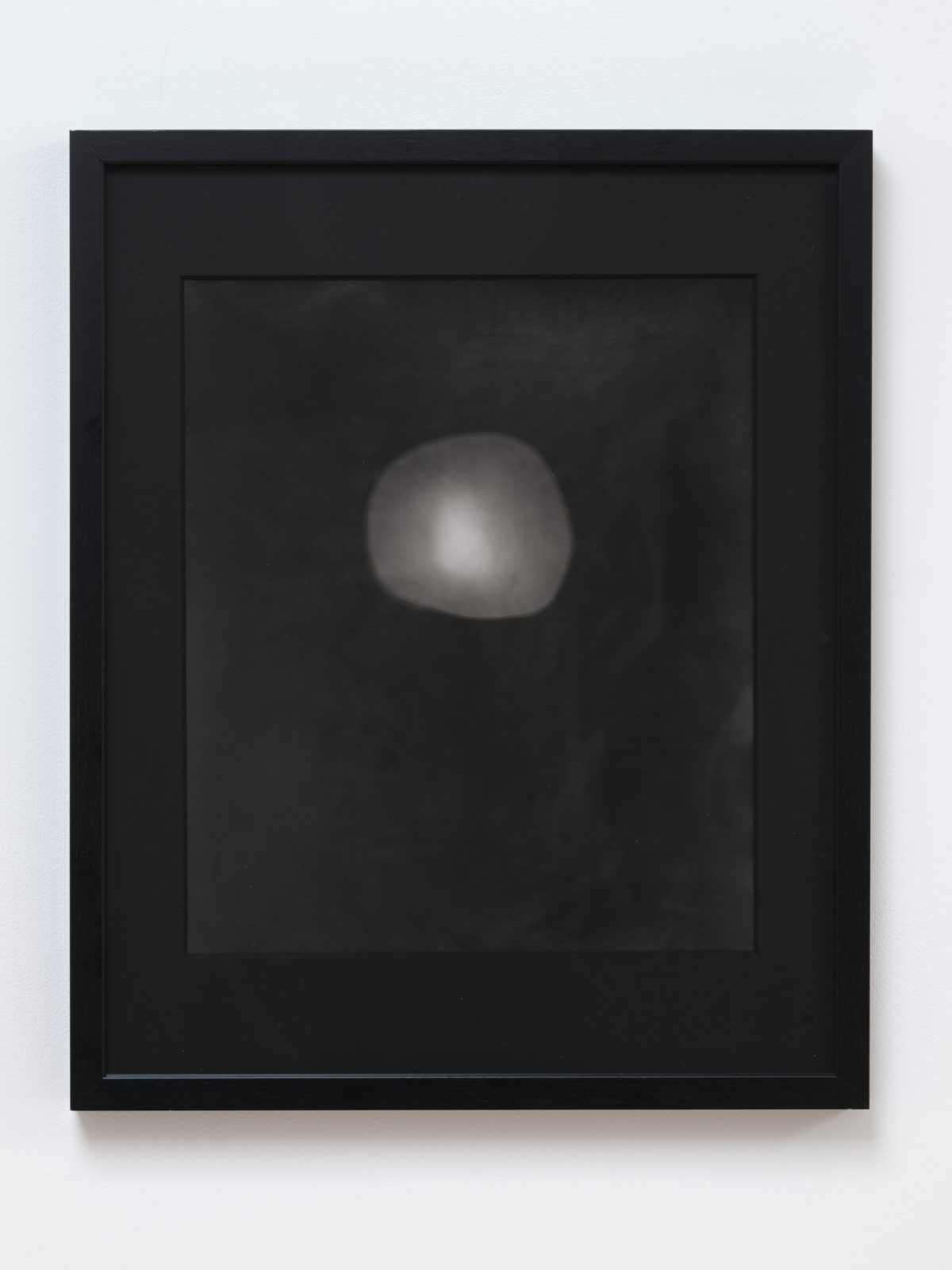
24.7.2015 Silver Bromide Photogram. 1920.391 North Otago. Collections of Museum of Archaeology and Anthropology, Cambridge, UK
Silver bromide fibre based paper
Acknowledgements: Museum of Archaeology and Anthropology, University of Cambridge, Cambridge, UK (Notes – From Hammer stone. HD Skinner, Otago University Museum, North Otago)
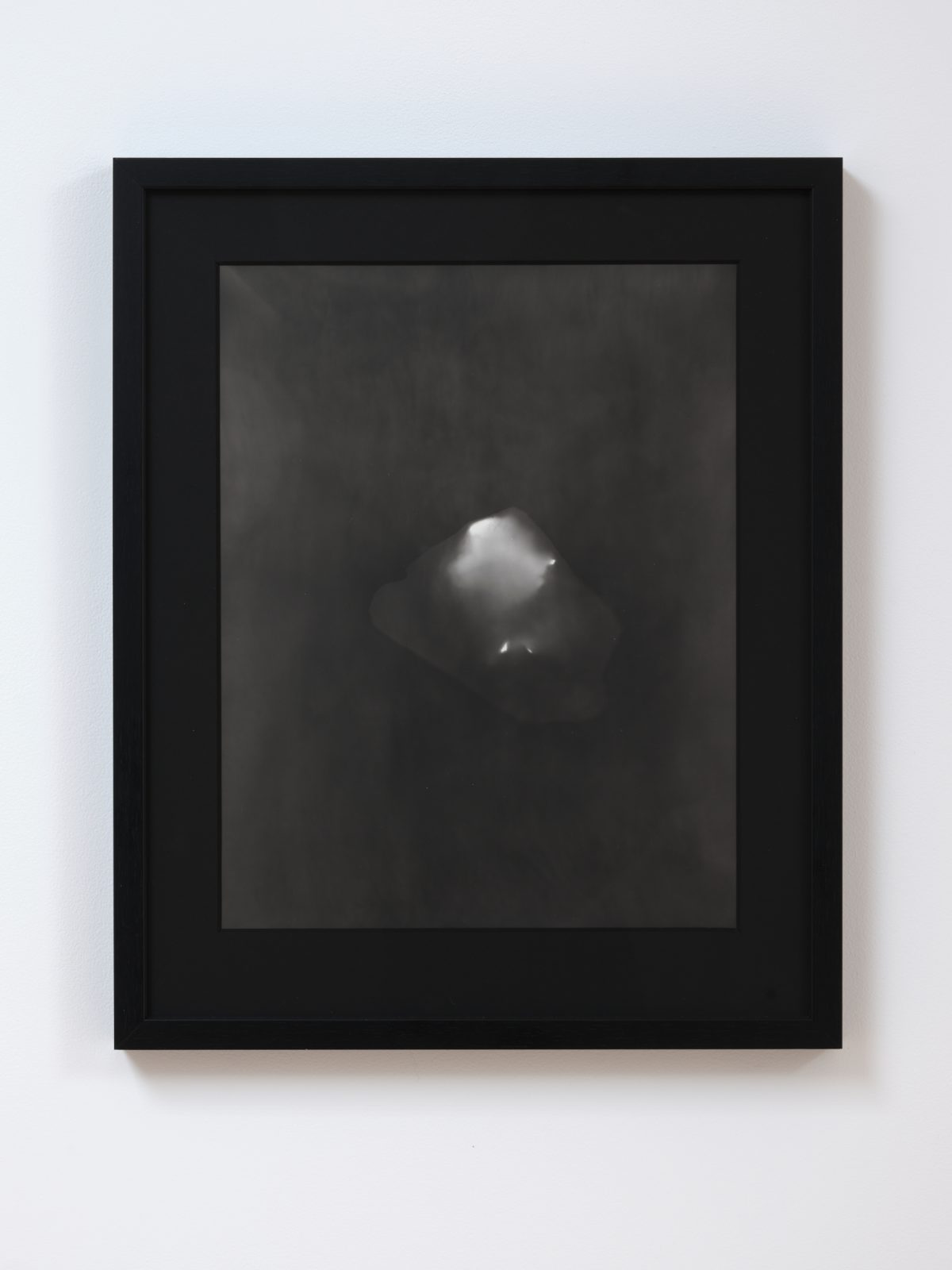
24.7.2015 Silver Bromide Photogram. 1920.384. Collections of Museum of Archaeology and Anthropology, Cambridge, UK
Silver bromide fibre based paper
Acknowledgements: Museum of Archaeology and Anthropology, University of Cambridge, Cambridge, UK (Notes – From hoanga grindstone. HD Skinner, Otago University Museum, North Otago)
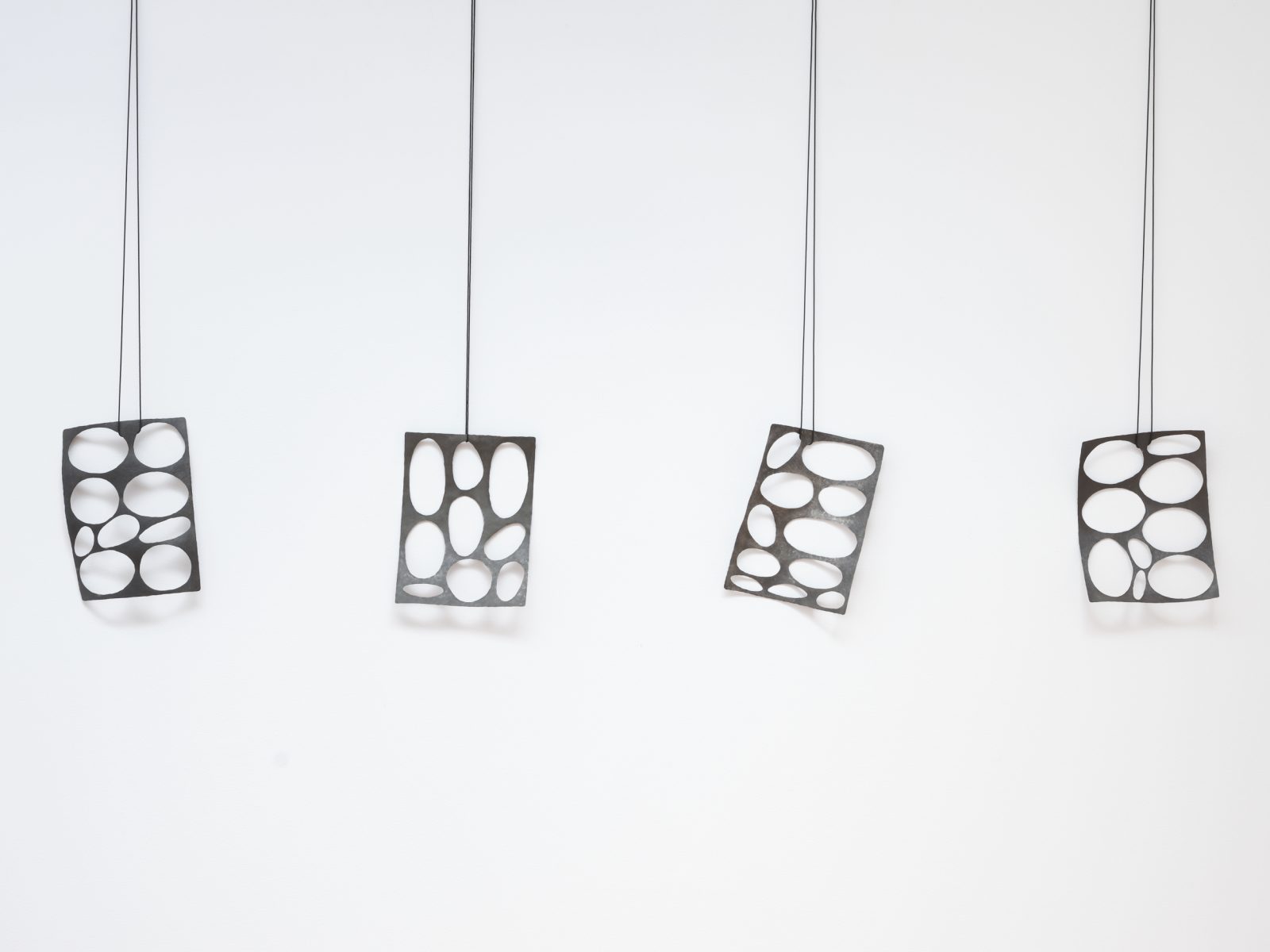
Oxidised Fine Silver, polyester cord
